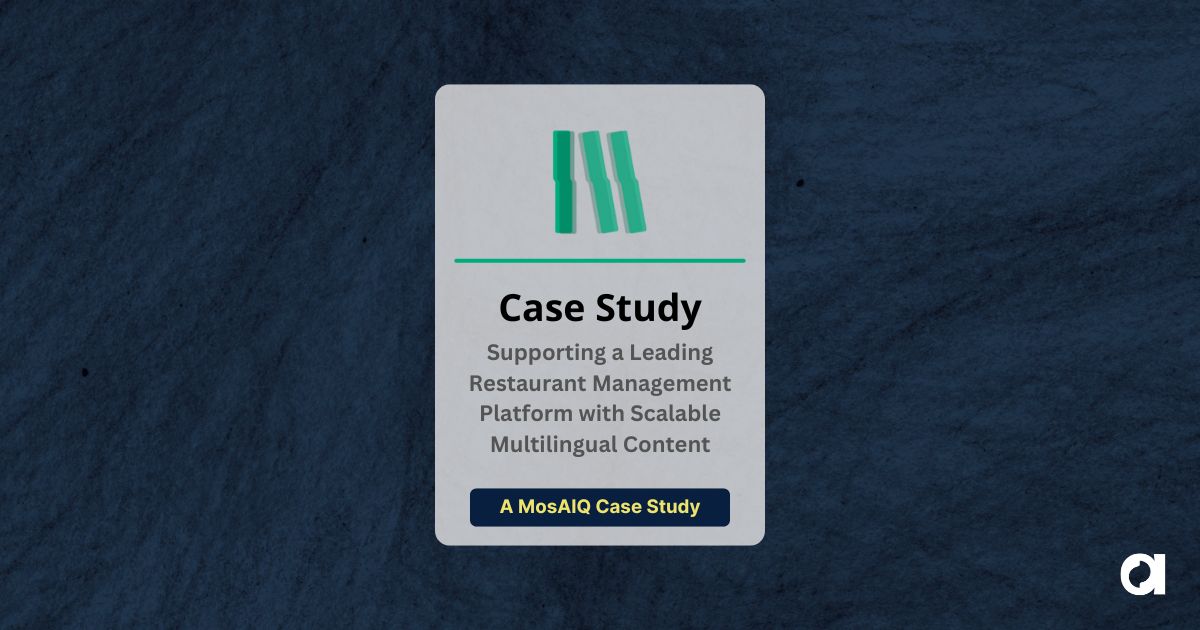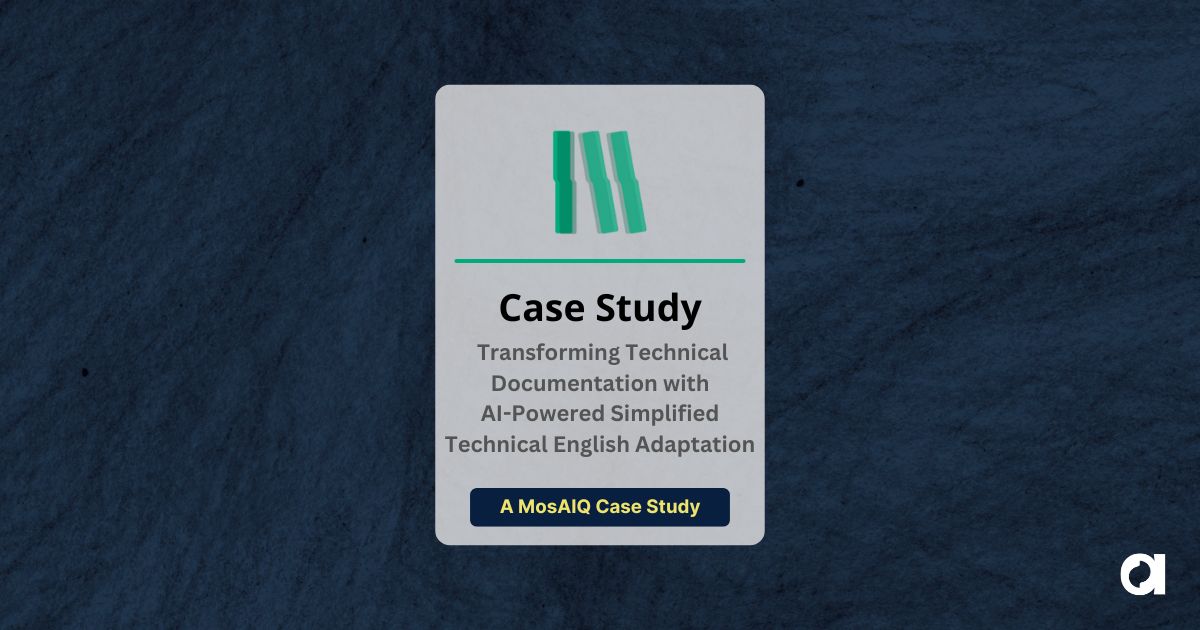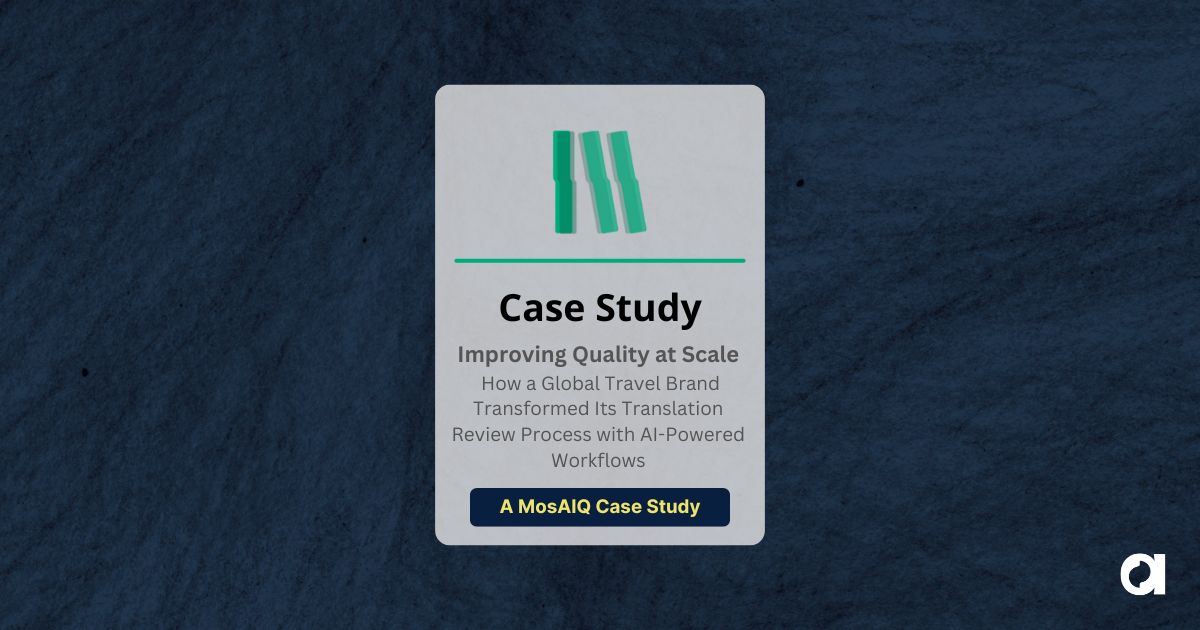The week of June 2, the Argos Multilingual team flew to Malmö, Sweden, for LocWorld53. Argos had a booth at the event, dispensing copious amounts of tasty chocolate and (the best) coffee to passersby — this conference business needs its fuel. That was not all, though: Two of our team members, Katka Gašová and Rodrigo Cristina, were also part of the programme (we’ll get to their insights in a moment).
If you’re running out of coffee, let’s begin with the TL;DR.
TL;DR
The conference provided an accurate reflection of where the language industry stands at present: teams are not just discussing AI, but are actively building around it.
In our debriefs, all the experiments and solutions people presented felt to us like everyone suddenly rediscovering a hobby they can work on in their garage. AI is enabling localization teams to do what they have always wanted to, but couldn’t because they lacked the necessary tools. AI is no longer an awkward fit; it’s an opportunity multiplier.
However, what truly made us pause is how humans frame their relationship with AI. Instead of resisting the machine, they are asking how they can become more deliberate and strategic in their decisions and activities, deliver more culturally relevant content with the same (or fewer) resources, and, as a result, be more indispensable to their companies than ever.
Postcards from LocWorld53
Now that you have your hot beverage refill, let’s dig into the details. Here is what we learned, presented in a postcard-style format:
AI as a feature
AI is not a passing fancy; AI is a feature of the modern localization program. Using AI (whether the NMT- or LLM-powered kind) for translation is now a given. However, AI enables teams to accomplish much more, building smart solutions that help streamline legacy processes, enhance collaboration with design and engineering teams during content creation, and allow them to experiment in a more agile manner than ever. Consider these examples:
Notion is leveraging in-product AI capabilities to test page-level translation or to A/B test localized copy, which then informs decisions on where to focus their attention.
Adyen treats AI as a partner, adapting their processes to optimize content and assets for AI readability right at the source. Then they leverage it to create consistent style guides and assets where they are short on content writers.
Volvo and H&M (and others) utilize AI to assess quality, enabling them to identify areas where the content requires additional refinement to resonate with their local customers. They are taking it one step further, using the quality measurement outputs to ask critical questions of the content creation process to determine whether the right content is being created for regional markets. According to Marcus Ivarsson of Volvo Cars, automating and accelerating with the help of AI now opens up a new world of possibilities, with local teams partaking in the creation of original content.
The world of possibilities imagery holds for Spotify, too. The platform hosts reams of user-generated content, such as podcasts and audiobooks, that are waiting for the right technology to make them accessible to millions of users worldwide. They are using AI to test what is feasible.
AI is proving to be an indefatigable ally for terminology-related work. Adobe, Philips, and IKEA shared their lessons using it for a variety of tasks, from terminology extraction to ensuring consistency and inclusivity across content.
Data is power
Data was an oft-mentioned keyword at the conference. The broad consensus is that in a world where AI plays an increasingly prominent role, data is power. Fortunately, the language industry can rely on a wealth of accumulated, linguistically-rich data that can now be used to train AI models, enabling them to produce more accurate results and fulfill their initial promise.
Good, clean data equals better AI outputs is something you’ve heard before (other ingredients are needed in the mix, such as expert humans piloting the systems, for example). Still, there’s another dimension to using data: With teams now benefiting from the results of their varied AI-centered experiments, they are working backwards, questioning the validity of their processes and assessing blind spots, which then leads them to validate (or outright redesign) their use cases. AI is helping teams to develop new (atomic) habits, leading to a new breed of uber-optimized, agile-by-design, impact-generating localization programs.
Quality at the heart of the debate
If there was one flagship topic defining this edition of the LocWorld conference (with AI as the meta-theme), it was quality management. This is not surprising — after nearly three years with LLM-based technology at our disposal and countless experiments, teams have been learning what AI is good at and where it falls short of the high standards typically expected from human translation. Let’s face it, we all have opinions on just what constitutes a quality translation.
At the same time, a prevailing sentiment is that while the industry agrees it is time to redefine quality management and associated standards, everyone is keeping their cards close to their chests, retaining their specific formulas and methods for themselves. What appears as a necessity with each passing conference is a hard reboot of quality management.
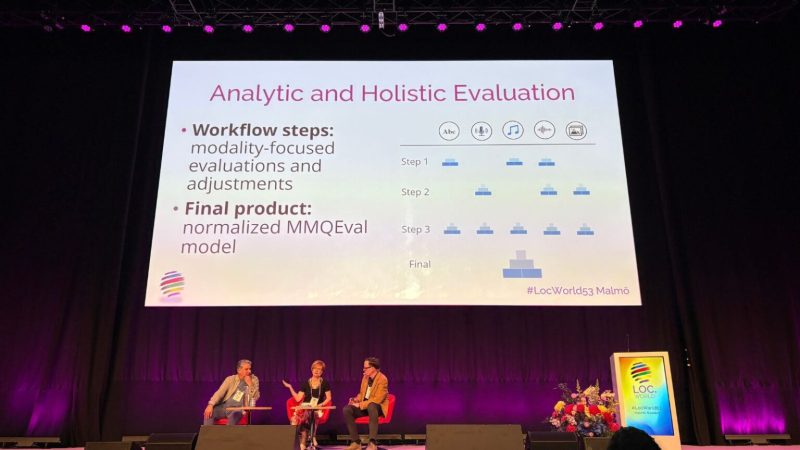
Argos’ resident expert on the topic, Katka Gašová, took center stage in “Revolutionizing Quality: The Next-Gen Multimodal AI Evaluation Framework”, together with Agustín Da Fieno Delucchi from Microsoft and Pavel Soukeník from Acolad, to sketch out precisely what we need to usher quality management into the AI era. With the multiplication of multimodal content use cases (think text, video, audio, augmented reality, etc.), each with its own requirements and risks, it is becoming urgent to relearn how to evaluate AI-generated content. And for now, and certainly in this sphere, humans have an irreplaceable part to play.
AI as a credibility play
While on balance, AI is a positive development for localization programs on the buyer side (and the supply side of the landscape that supports them), experimenting with AI is a credibility play by the varied actors who all want to maintain (or expand) their place at the table. This will naturally vary by industry and the specific context of each company (some may double down on the human and leave the AI trailblazing to others), but not to experiment and deploy AI is something few can afford to pass up.
Argos’ very own Rodrigo Cristina moderated a panel called “Honesty is the Best Policy: Buying and Selling AI Localization Services” with Verónica Celdrán from Taskrabbit, Adelina Cristovão from Personio, and Naomi Voet from Mews. Honestly, there may not have been a more apt title to capture the essence of the interactions between localization teams and their varied stakeholders at a time when AI is on everyone’s lips. As the results of their experiments and data now prove, localization is a key component of companies sustaining their success on the global stage.
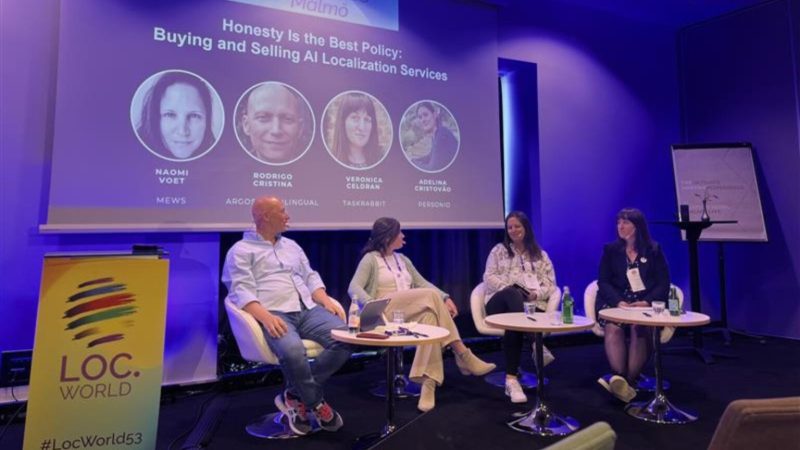
Many possible futures unfolding
A recurrent motif during the conference was the contrast between present-day activity (as evidenced by the varied presentations and panels) and future uncertainty. The keynote speaker, Brian Klaas from University College London, hit the nail on the head when he appealed to the audience with “We control nothing, we influence everything.” In a world devoid of certainty, this is precisely what we are observing in the industry.
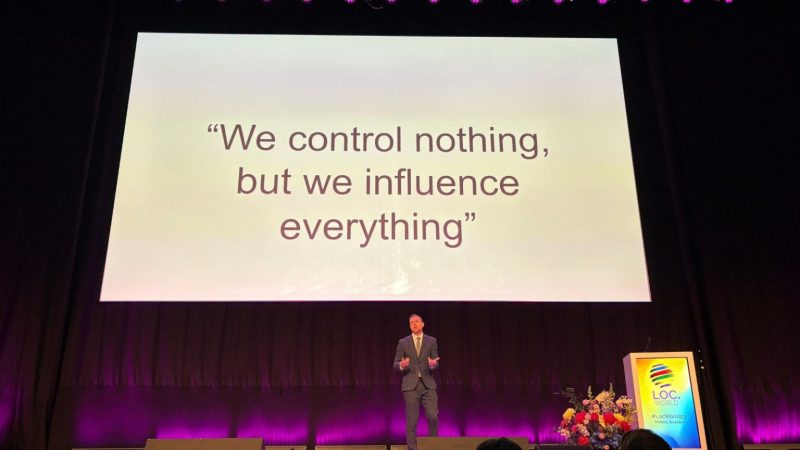
Localization leaders on the client side are working diligently to ensure a place for language professionals in the future. They are first in line, charged with making AI work for their organization, and their task is doubly challenging as they also want to ensure that everyone else involved (i.e., service and tech providers and linguists) remains an integral part of the new post-AI language services landscape.
Questions about the industry’s long-term direction remain open-ended. The LocWorld53 conference in Malmö was another stop on the road of evolution we’re on, prompting attendees to focus on the journey — and the friends made along the way — rather than the destination.
In the long term, machines may end up doing much of the heavy lifting, but the consensus is that humans will be the ones doing the uplift, orchestrating the magic so prized by other humans.
 Stephanie Harris-Yee
11 min. read
Stephanie Harris-Yee
11 min. read
The Evolution of Translation Technology Join Stephanie Harris-Yee and Erik Vogt for an insightful discussion about the future of translation technology and whether fuzzy matches – a long-standing pillar of translation workflows – are becoming obsolete. Learn how AI and machine translation are reshaping the industry’s approach to translation memory and quality assessment. Key topics […]

 Argos Multilingual
6 min. read
Argos Multilingual
6 min. read
Scaling localization can mean expanding into new languages, increasing output to translate more content, or building systems that operate faster. It can also mean narrowing focus, reducing work in low-priority markets, or adjusting efforts to meet compliance needs. What scaling looks like depends on both the demands of the business and the resources available to […]









